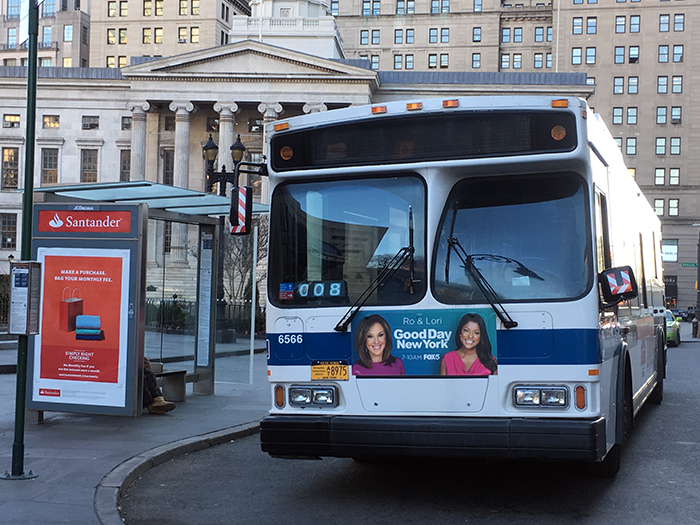Stringer: New jobs in Brooklyn, but buses don’t go there
You can walk faster, according to report

New Yorkers have frequently suspected that they could walk to their destination faster than taking a city bus. A report issued on Monday by New York City Comptroller Scott Stringer not only confirms this suspicion, but also points out that many Brooklynites can no longer even commute to their jobs by bus.
According to “The Other Transit Crisis: How to Improve the NYC Bus System,” the city’s bus system is glacially slow, inefficient and is increasingly failing to transport workers to where their jobs are. Ridership has dropped drastically, with MTA buses losing 100 million passenger trips in the last eight years.
Brooklyn is arguably the borough most impacted by MTA’s inability to keep up, with more than five rapidly changing neighborhoods among the city’s 13 most underserved: Williamsburg, Greenpoint, the Carroll Gardens-Columbia Street-Red Hook area, the Sheepshead Bay-Gerritsen Beach-Manhattan Beach area and Homecrest.

Brooklyn Boro
View MoreNew York City’s most populous borough, Brooklyn, is home to nearly 2.6 million residents. If Brooklyn were an independent city it would be the fourth largest city in the United States. While Brooklyn has become the epitome of ‘cool and hip’ in recent years, for those that were born here, raised families here and improved communities over the years, Brooklyn has never been ‘uncool’.